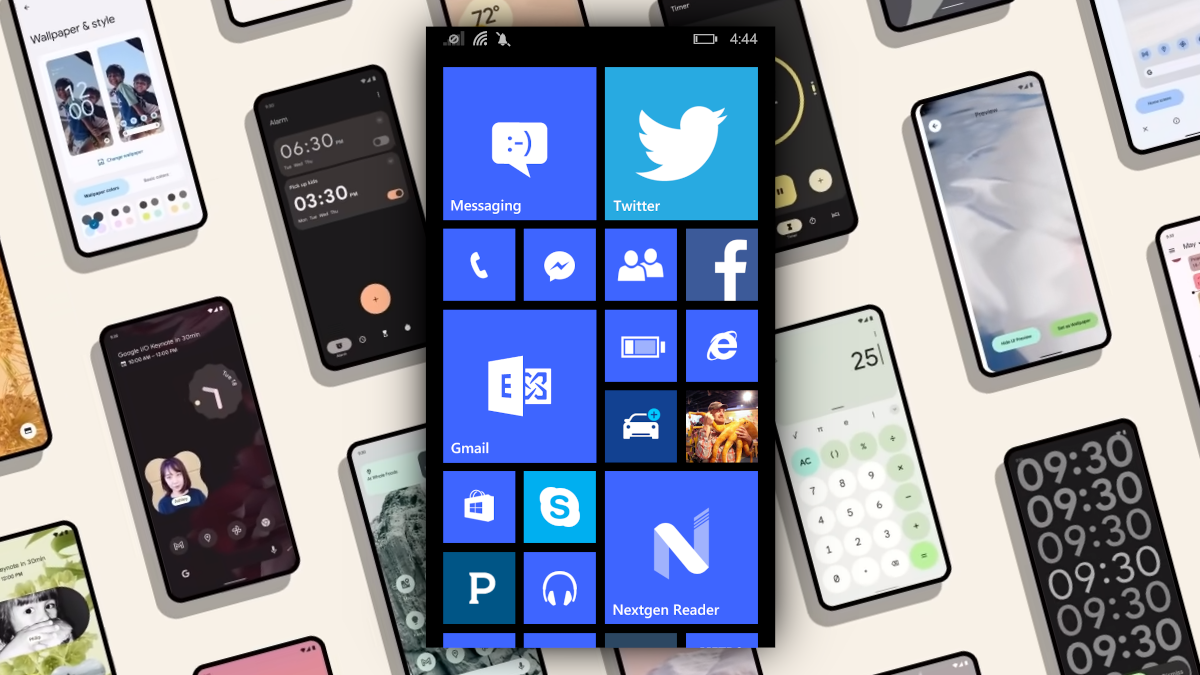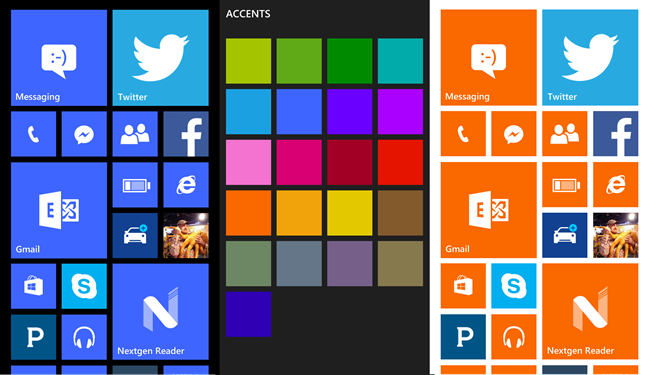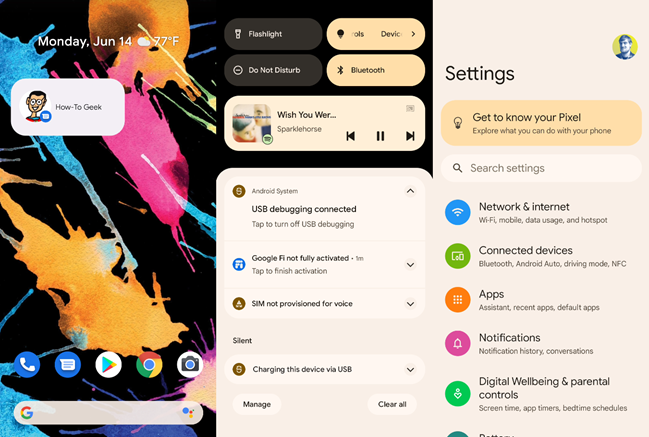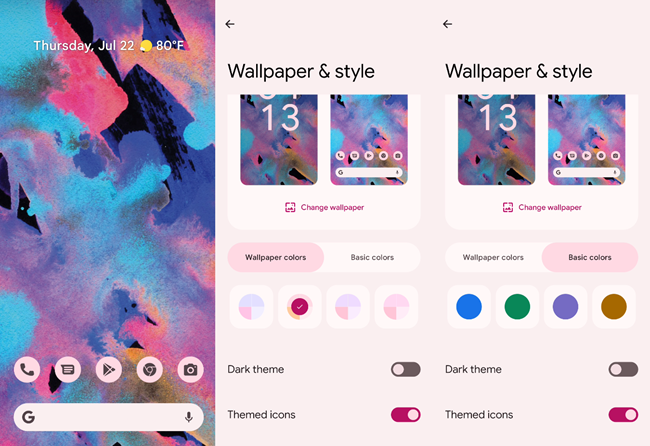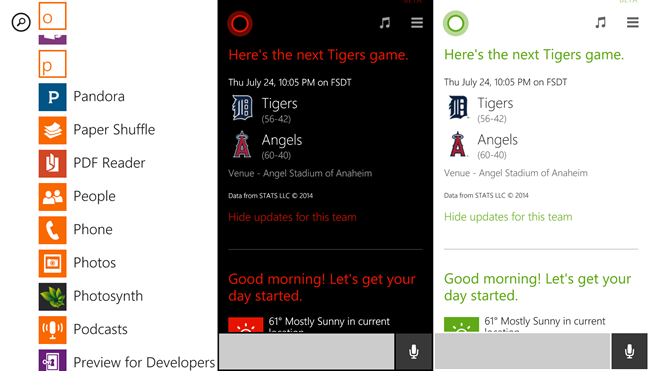Android 12's most noticeable feature is the new "Material You" UI with system-wide color theming. Simply change your wallpaper, and the phone's UI matches the colors. A smartphone OS of yesteryear had a similar idea years ago, and it was great.
You might remember Microsoft's last attempt at a smartphone OS, Windows Phone. It was ahead of its time in many ways, but ultimately, lack of app support was its biggest downfall. However, one thing that Windows Phone absolutely nailed was its "Metro UI" design.
Windows Phone and Android never looked remotely similar, but Material You and Metro UI do share an important feature. Windows Phone allowed you to select a light or dark theme and a secondary "Accent" color, just like you can now in Windows 10 and 11.
That accent color choice could be found all throughout the UI. The most noticeable place where you could see the accent color was right on the home screen. Windows Phone's "live tiles" used the accent color. Even if an app didn't use the accent color in its UI, most of them still did for the live tile. You could easily fill your home screen with tiles with matching colors.
The accent color wasn't just limited to system apps, either. The majority of third-party apps also utilized the accent color. Windows Phone---more than any other smartphone OS that has existed---had the most consistent look from the home screen to the in-app experience. Across the system and third-party apps, it was a very cohesive experience.
Android 12 is attempting something similar with Material You. Rather than manually selecting an accent color, it's derived from your wallpaper. You can slightly change the colors by choosing a different color palette, but you can't select a specific color. If you don't want to use the wallpaper for the theme, you only get four color choices.
Windows Phone had 20 accent colors to choose from. It wasn't as nuanced as Material You since it was literally just an accent color with a black or white background. Still, you really felt like the phone UI matched your personal style, even without a wallpaper on the home screen---which Windows Phone did eventually get.
Of course, there are downsides to this design style, and Android 12 will run into these issues, too. Services that rely on having the same experience across Android and iPhone won't be adopting Material You themes. Many apps have distinct branding that's easily identifiable. The last thing they want to do is "blend in" with the rest of the phone's UI.
Many Windows Phone ideas have withstood the test of time. The flat icon style that was introduced with Metro UI is still quite prevalent in software design. In fact, if you turn on Material You theming for icons, you get the same sort of flat icon on a colored shape effect as live tiles. It's all coming full circle.
There were many legitimate problems with Windows Phone. It doesn't exist today for some very good reasons. But that doesn't mean that it had nothing to offer the smartphone world. Both Android and Apple's iOS/iPadOS have taken bits and pieces from Windows Phone throughout the years. With Android 12's Material You, someone finally took the best part.

